Key in a search term below to search our website.
Key in a search term below to search our website.
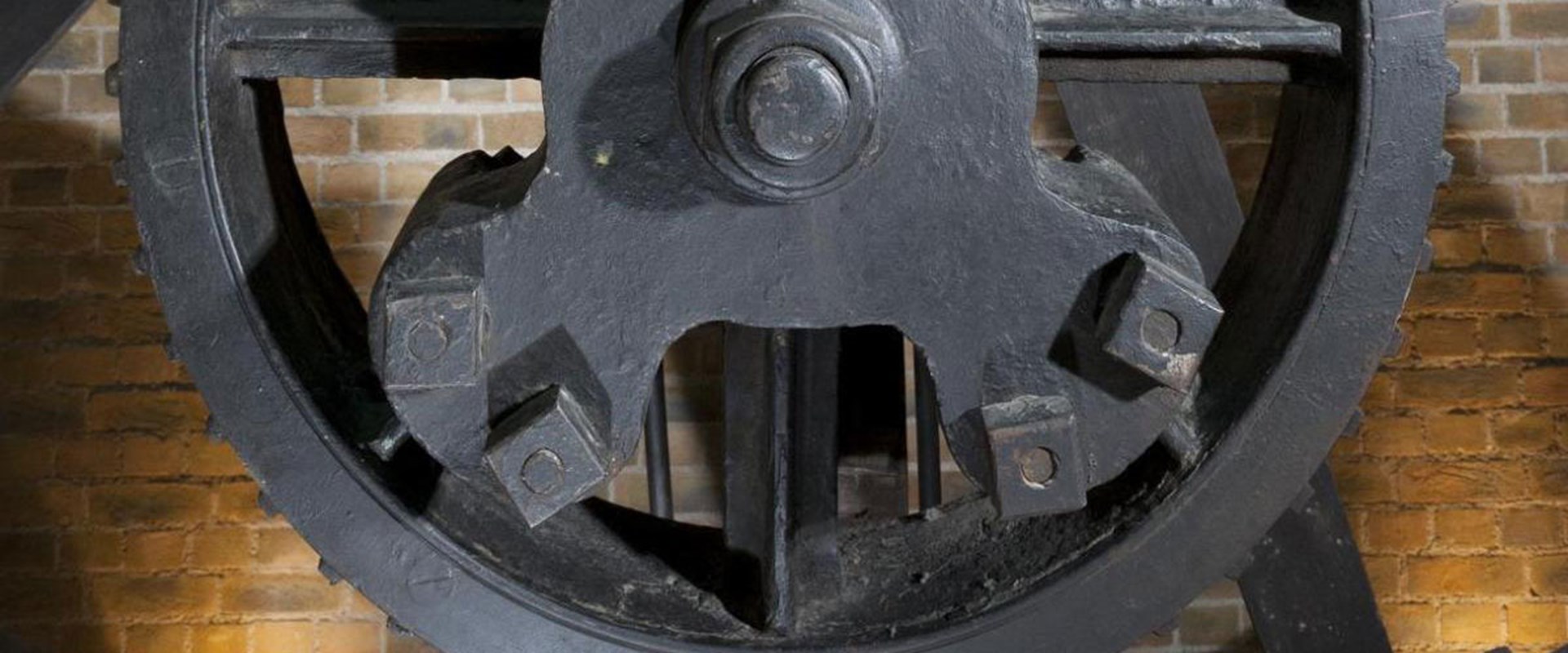
This Boulton & Watt engine was the first full-sized engine acquired for the collections and is one of the oldest surviving beam engines in the world.
Date
1786-1885
Made in
Southwark, London, England
Made by
James Watt
Made from
Wood, metal
Dimensions
Height 9.5m, length 9.5m, width 5m
Weight
20 tonnes
Museum reference
On display
Explore, Level 1, National Museum of Scotland
Did you know?
The unit of power the watt is named after the Scottish inventor of the engine, James Watt.
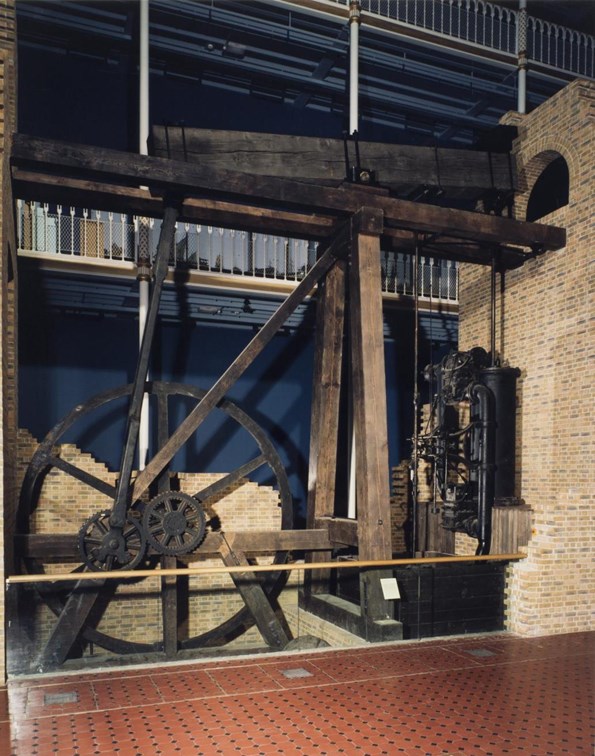
The Boulton & Watt engine was built in 1786 to pump water for the Barclay & Perkins Brewery in Southwark, London. Made double-acting in 1796, it was then capable of grinding barley and pumping water.
At that time, no one else could supply a steam engine that performed both these actions at once. With some minor modifications, it remained in service at the brewery until 1884.
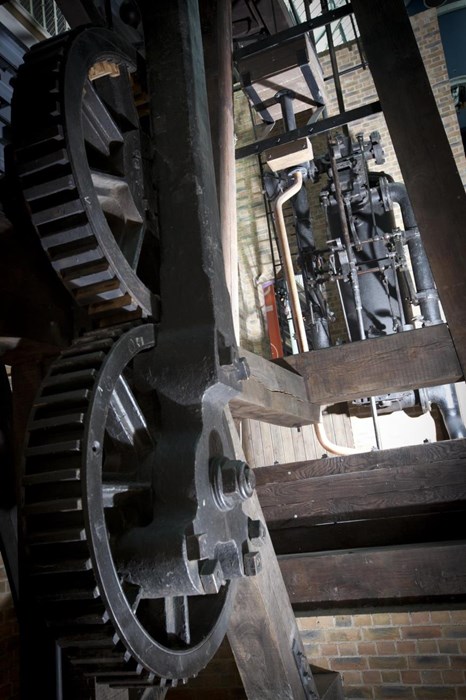
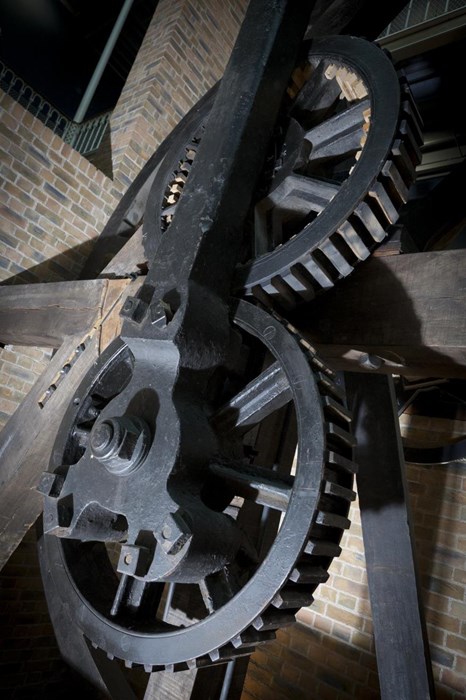
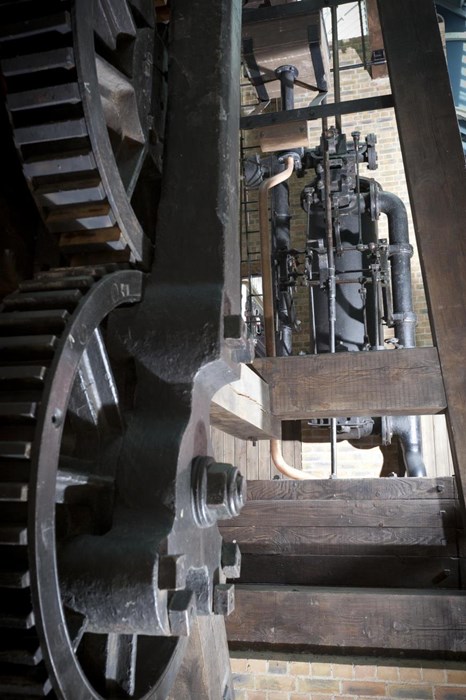
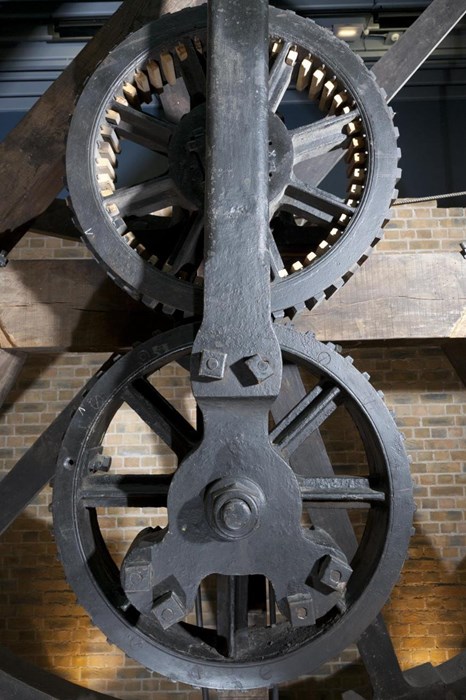
James Watt (1736-1819) was a prolific inventor, surveyor, instrument maker and engineer. His engines dramatically increased the power that could be generated through steam.
By entering into partnership with the Birmingham magnate Matthew Boulton in 1774, James Watt was able to channel the vast resource of Boulton’s Soho Foundry. Their partnership was so successful that the Boulton & Watt firm supplied engines and expertise to countries as far a field as Russia and Greece.
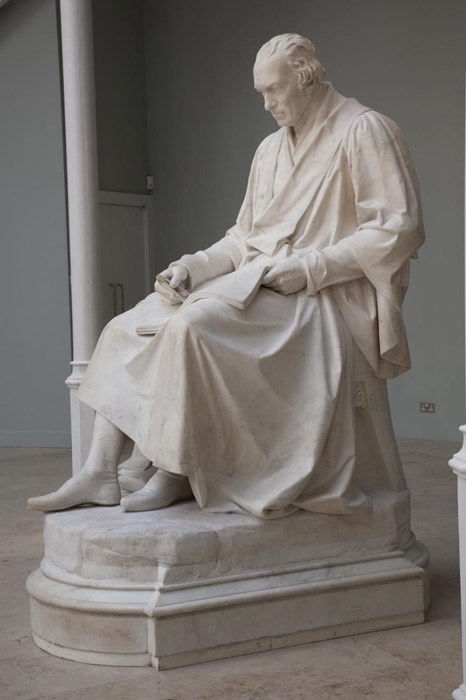
Above: Marble statue of James Watt, including plinth, by Sir Francis Legatt Chantrey, 1827 - 1832, on display in the Grand Gallery at the National Museum of Scotland. On loan from the Heriot-Watt University Museum and Archive.